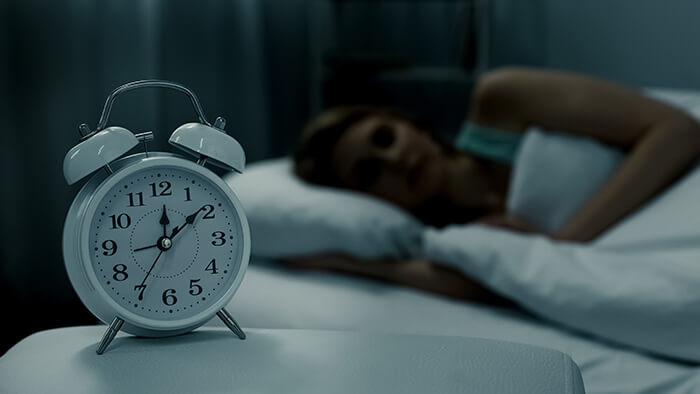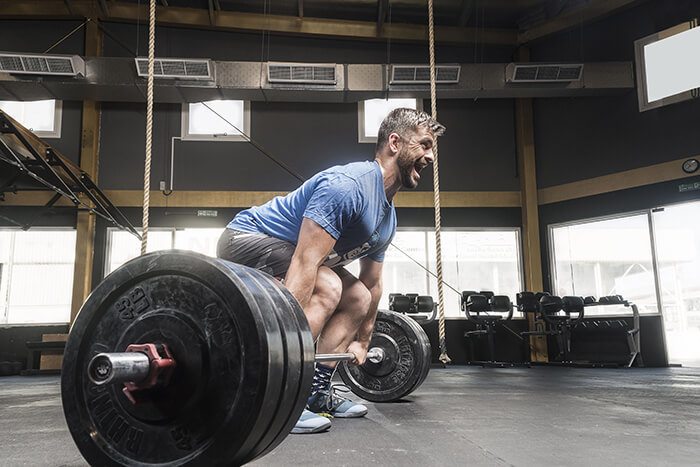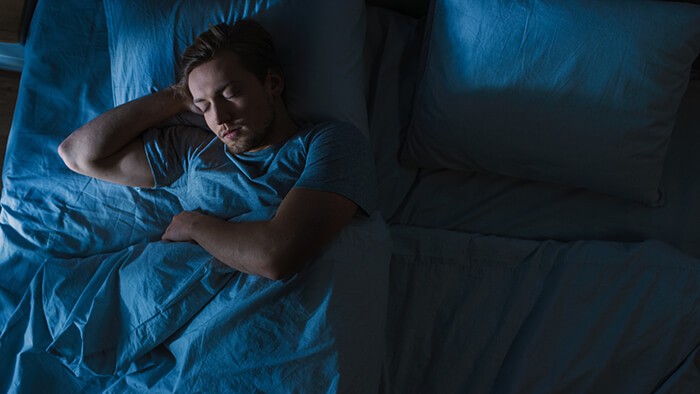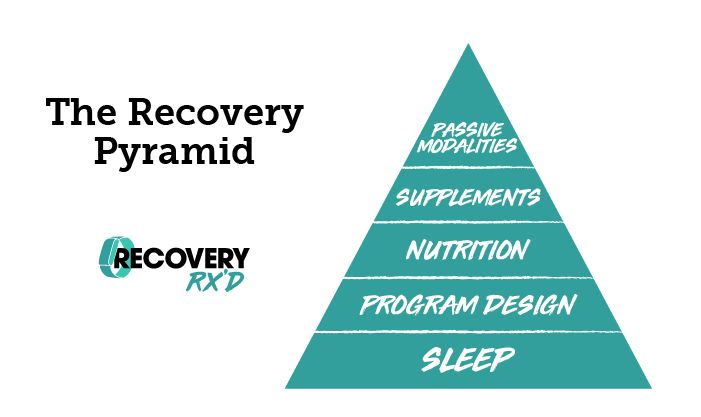When we think of recovery, images of foam rollers and supplements might spring to mind first. But when we work out, the gains we have worked hard for aren’t realized until we go to sleep, meaning a large portion of time spent in the gym could be wasted without some good quality Z’s. Sleep expert Dr Justine Ward gives us 5 tips to help improve our sleep quality in order to feel more awake during the day, recover more efficiently and perform better both in and out of the gym!
Justine and I also shot a video on this subject together, so if you’d rather sit back and watch us discussing these 5 sleep tips, see the video below…
Tip #1 for Optimizing Sleep - Track Sleep
When we start tracking sleep, we start to understand the quality of it (not just how long we were crashed out for). Just because we were asleep, doesn’t always mean we slept well and are firing on all cylinders the following morning.
Now that we have great wearable technology available, we have insights into this really important part of our lives that’s been mostly ignored. Oftentimes, programming, supplements and recovery tools take higher priority, expecting sleep to take care of itself.
When we start to track our sleep, we become more aware of aspects like how long we are in deep sleep, how much REM sleep we get and how many disturbances we have.
Sleep is a skill - and something we can train our bodies to get better at. When we train that skill, our CrossFit performance improves as a result.
Tip #2 - Go to bed and wake up at the same time each day

Our bodies have to go through all sorts of intricate processes in order to get the best quality sleep and the more that we can cue our bodies to enter those processes, the more efficient that will become.
So, by going to bed at the same time every night, our bodies start to recognise the cue of going to bed and helps us to drop asleep faster, improves the depth of sleep and the efficiency of electrical activity that needs to happen in our brains.
Science has shown us that consistency of sleep timings is actually more important than how many hours we get. So someone who consistently sleeps from midnight until 6am every night is better off than someone who sleeps longer but who has an erratic schedule.
This is good news as it’s something that we have a lot more control over. Forcing yourself to fall asleep is very difficult but getting into bed at the same time every night is something we can control (unless job or kids do not allow for this, of course!)
Tip #3 - Make sure your hardest exercise happens earlier in the day

Working out creates a stress response in our body, elevating heart rate and having more sympathetic input (flight or fight response) so we want this kind of activity to be far away from the time we plan to be resting and sleeping.
One of the hallmarks of dropping into deep sleep is seeing our body temperature drop a couple of degrees. Therefore if we’re exercising and increasing our core body temperature, it’s going to be more difficult for us to get into deep sleep.
In short, work out earlier in the day - particularly metabolic workouts - to get better quality sleep.
Tip #4 - Expose yourself to sunlight early in the morning

Ideally we want to do the most that we can to prepare an optimal environment for sleep near to bedtime but we also want to do the opposite and inform our bodies that it’s time to be awake in the morning.
Relatively recent research shows that exposing our bodies to low angle sunlight first thing in the morning - before 10am - is a key activity to help improve our body clocks. This is important as it has to do with the contrast of the blues and yellows and the actual quality of the light hitting some receptors in your eyeballs that strongly cue your brain that you’re awake now. The result of this is a nice bump in your cortisol which is beneficial to your mental state and your mood. This bump coming later in the day is actually associated with depression and certain psychological challenges that people have with their mental state.
So this boost of cortisol in the morning is super healthy and sets us metabolically on a great path and also sets a countdown timer in your head for when melatonin is going to be released later in the day. Essentially this bright light exposure first thing anchors your whole body clock for a 24 hour period and will allow all of your natural processes to function on a more appropriate rhythm.
I know what you’re thinking… what if it’s a cloudy day? Good news, this works in all weather. It doesn’t have to look particularly bright to be effective. The range of light you want to get is somewhere around 100,000 luts, which on a sunny day is going to be around 30-60 seconds and on a less sunny day, 5-10 minutes. The important part is that you have to be outside to be soaking the light up for it to work!
Tip #5 - Sleep in a cold(er) room

In nature, it’s always colder at night time than it is during the day so biology expects that when we’re going to sleep at night it’s going to be a slightly cooler environment. That drop in core temperature is going to be effective for initiating deep sleep and to create more robust electrical signals in our brain during that deep sleep.
So how cold does it have to be? We’re not talking freezing temperatures here - just 2-3 degrees below our comfortable daytime temperature is sufficient to improve our sleep environment.
Get more free recovery advice...
Thanks to Dr Justine for providing us with these 5 awesome tips for improving our sleep. If you’re looking for more recovery tips that give advice on program design, nutrition, supplements and passive modalities, download our Ultimate Recovery Guide, absolutely free.
Do you use wearable tech and want to geek out with us?

In my new course, Recovery Rx’d, which I created with Dr Justine Ward and WODprep Head Coach Dr CJ DePalma, we talk about sleep as being the foundation of the recovery pyramid. In short, don’t waste your time on other modalities without first doing what you can to optimize your sleep! Recovery Rx’d will take you step by step through 8 weeks of challenges which work in conjunction with your own wearable tech to help you optimize the 5 sections of our recovery pyramid. So if you want to level up your overall health, happiness and of course, performance, be first to sign up to our brand new course here.
